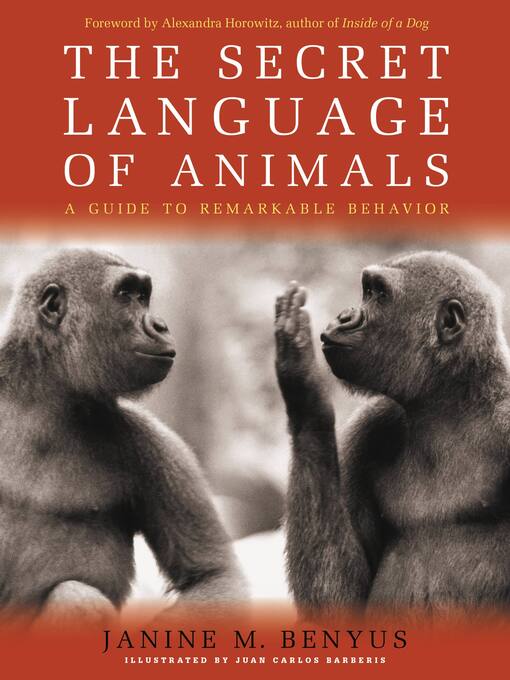Unlock the secrets behind the behavior of the world's most fascinating creatures? from the Adélie penguin to the plains zebra to the giant panda?in this wonderfully written, beautifully illustrated book.
In The Secret Language of Animals, biologist Janine Benyus takes us inside the animal kingdom and shows us the whys and the hows behind the distinctive behavior of creatures great and small in their natural environments.
Divided geographically into five sections?Africa, Asia, North America, the oceans, and the poles?the book examines and describes the behavior, body language, and patterns of communication of 20 different animals: the gorilla, lion, African elephant, plains zebra, black rhinoceros, giraffe, ostrich, greater flamingo, Nile crocodile, giant panda, peacock, Komodo monitor, bottlenose dolphin, California sea lion, gray wolf, bald eagle, sandhill crane, beluga whale, polar bear, and Adélie penguin.
For each animal, Benyus describes and explains basic behaviors (locomotion, feeding, drinking, bathing, grooming, sleeping), communication behavior (greeting, social play, group defense, conflict, aggression/submission, fighting, courtship, copulation), and parenting behavior (birth, care and feeding, teaching, communal care).
The book is illustrated throughout with tender yet precise line drawings that beckon us to the animals and vividly capture everything from changing facial expressions to nurturing postures to playful and aggressive interactions. The text, too, is both intimate and informative, allowing for a deep connection with, and a great admiration for, each one of the animals.



